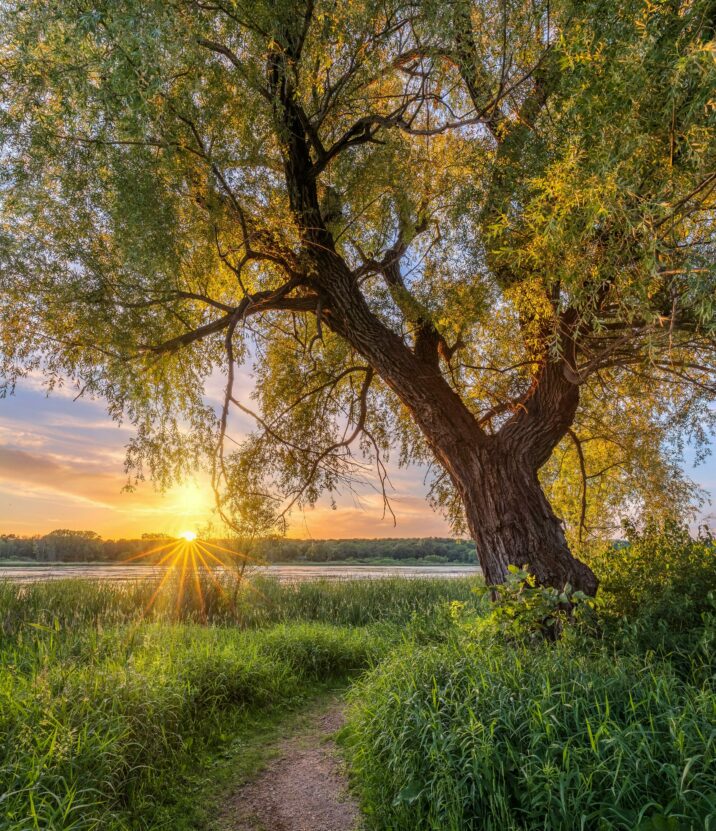While we come from many different backgrounds, land and water connect us all. It’s why WI Land+Water’s mission is to protect, conserve, and enhance Wisconsin’s natural resources for current and future generations. We also believe that everyone should have a voice in protecting the water that we drink, the land we that farm, the parks where we play, the sites that tell our history, the places that we call home.
Although nearly 20% of Wisconsinites identify as a person of color, our conservation community does not reflect these demographics. This lack of diversity creates challenges in our ability to effectively collaborate and to address soil and water issues.
Together, we can evolve to create a more equitable sector for all those involved in conservation. We understand that transformation often starts from the ground up, and we want to strengthen our relationships with the diverse communities we serve.
These resources are intended as a starting point to support conservation staff and officials to integrate these concepts into your everyday work.

This flyer is about equitable governance. Produced in 2022, it identifies key county roles, opportunities, and strategies for governing with equity as outlined by the National Association of Counties (NACo).
Additionally, you can view county declarations and resolutions from Wisconsin that have formally expressed the county lawmaking body's opinion and intent to take action to integrate diversity, equity and inclusion into county operations.
National Laws
Find out more about Civil Rights Compliance under Title VI of the Civil Rights Act of 1964. This law prohibits discrimination on the basis of race, color, or national origin in all programs or activities receiving federal funding.
Additionally, Title VII prohibits employment discrimination based on race, color, religion, sex and national origin.
WI State Statute
Section 111.31 - 111.395 Wisconsin Statutes also prohibits discrimination in employment and protects workers from harassment in the workplace because of their race, color, creed, ancestry, national origin, age (40 and up), disability, sex, arrest or conviction record, marital status, sexual orientation, or membership in the military reserve. Learn more about these protections here.
It is unclear through Wisconsin Statute the extent that independent contractors fall under civil rights protections. Visit the Wisconsin Department of Workforce Development for guidance on worker classification. And read this legal memorandum to see specific Wisconsin Statutory language and case law that apply to protections of independent contractors.
Wisconsin state law protects workers against sexual harassment. Learn more about definitions, the ways it may manifest, liability, and response avenues to it here.
To learn more about fostering cultures where harassment is not tolerated and empower people who witness or experience harassment to take action, explore Beyond Compliance: Inclusive, Modern Sexual Harassment Training.
Recruiting, Hiring, and Onboarding Staff: Implementing Better Practices and Mitigating Bias is a webinar hosted by Training Resources for the Environmental Community (TREC). This session shares better practices for creating job descriptions, compensation policies, and onboarding and training plans, all that support both current and new staff. Special emphasis is paid to making the process more equitable and inclusive.
Generations unmasked is a session hosted at the 68th WI Land+Water conference in 2020. The description for the session is: "Working from home is against company policy. Video conference meetings won't work for us. People working from home are too distracted. Statements like this were common, until we were forced to change, quickly. How the generations are adapting however is quite different. This seminar will provide generational trends, characteristics and most importantly, strategies to provide insight and understanding into the impacts of the pandemic on our workforce." The presenter is Brad Gingras of Superior Strategies.
To learn more about Gen Z employees and understand how to help them find their place at work, read this Harvard Business Review article.
Working with Diverse Communities is a webinar WI Land+Water hosted in 2016. Through the lens of working with Amish and Hmong communities, the presenters emphasize the need for empathy and provide strategies to break barriers.
Growing Diversity in WI (p. 8-9) is an article in a 2022 Wisconsin Counties Association newsletter. It outlines racial and ethnic changes in Wisconsin over the past 30 years.
Additionally, learn about the Oklahoma Association of Conservation Districts' CARE Program. The purpose is to increase the number of farmers/ranchers participating in conservation planning and programs in order to improve soil health, water quality, and the viability of working lands. The CARE project places an emphasis on assisting socially disadvantaged and veteran farmers/ranchers.
Environmental Justice is increasingly being taken into consideration for programs and grants.
Learn more about environmental justice through USDA resources here. They additionally have Equity in Conservation Outreach Cooperative Agreements which support outreach activities that encourage diverse and inclusive participation in NRCS programs and introduce conservation planning and climate smart practices.
The Federal Government has made it a goal that 40 percent of the overall benefits of certain Federal investments flow to disadvantaged communities that are marginalized, underserved, and overburdened by pollution. Are you in a Justice 40 region? Find out here. And, learn more about the Justice 40 initiative here.
There is also grant money available through the EPA to advance Environmental Justice. Learn about that here.
Many organizations are beginning to add land acknowledgements in documents and events. Find guidance for creating one from the Native Governance Center here. Read more about the nuances of land acknowledgements and recommendations on what to do after you have created one here.
Learn more about the Native Land you are on here.
Learn more about the Tribal Histories of the Wisconsin Tribes in your region.
